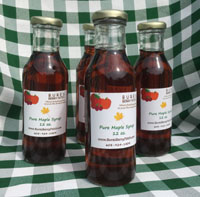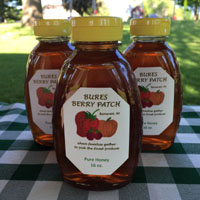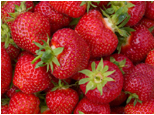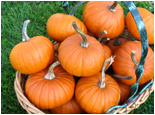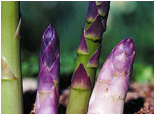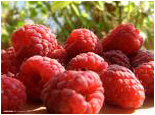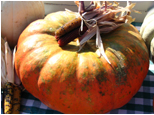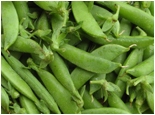Rhubarb Recipes & Nutrition
View/Print Rhubarb Recipes (PDF)
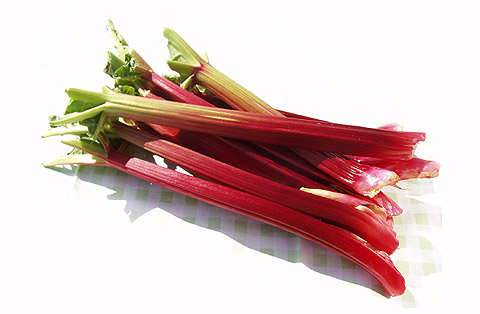
Rhubarb Nutrition Facts
Rhubarb is high in calcium and is considered the best diet for women as it prevents bone loss and reduces the risk of osteoporosis. Further, consumption of this vegetable during menopause is believed to ease the symptoms, including hot flashes. Rhubarb also has the ability to absorb bad cholesterol in the body and reduce the risk of clogged arteries and stroke. In addition, rhubarb has anti-bacterial, anti-allergy, and anti-inflammatory properties. It can be used to prevent staphylococcus infections as well as a topical treatment for injuries, wounds, and cuts.
The vitamins and nutrients in rhubarb help prevent deep vein thrombosis, a condition in which blood clots form in the feet and spread to the lungs. Being a rich source of fiber, rhubarb ensures smooth digestion, plus the potassium in this vegetable is believed to enhance the metabolic rate. It is this combination of nutrients that makes rhubarb a good bet for weight loss.
Although the stem of rhubarb is highly nutritious, the leaf of rhubarb contains oxalic acid, which is poisonous and corrosive. Therefore, the leaf should never be eaten.
Additional Food Safety Information
UW Extension – Food Safety & Health
National Center for Home Food Preservation




